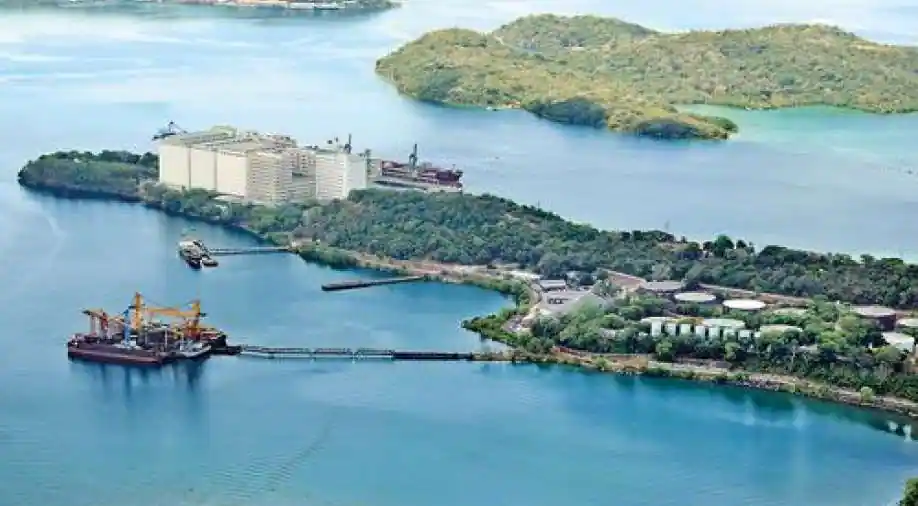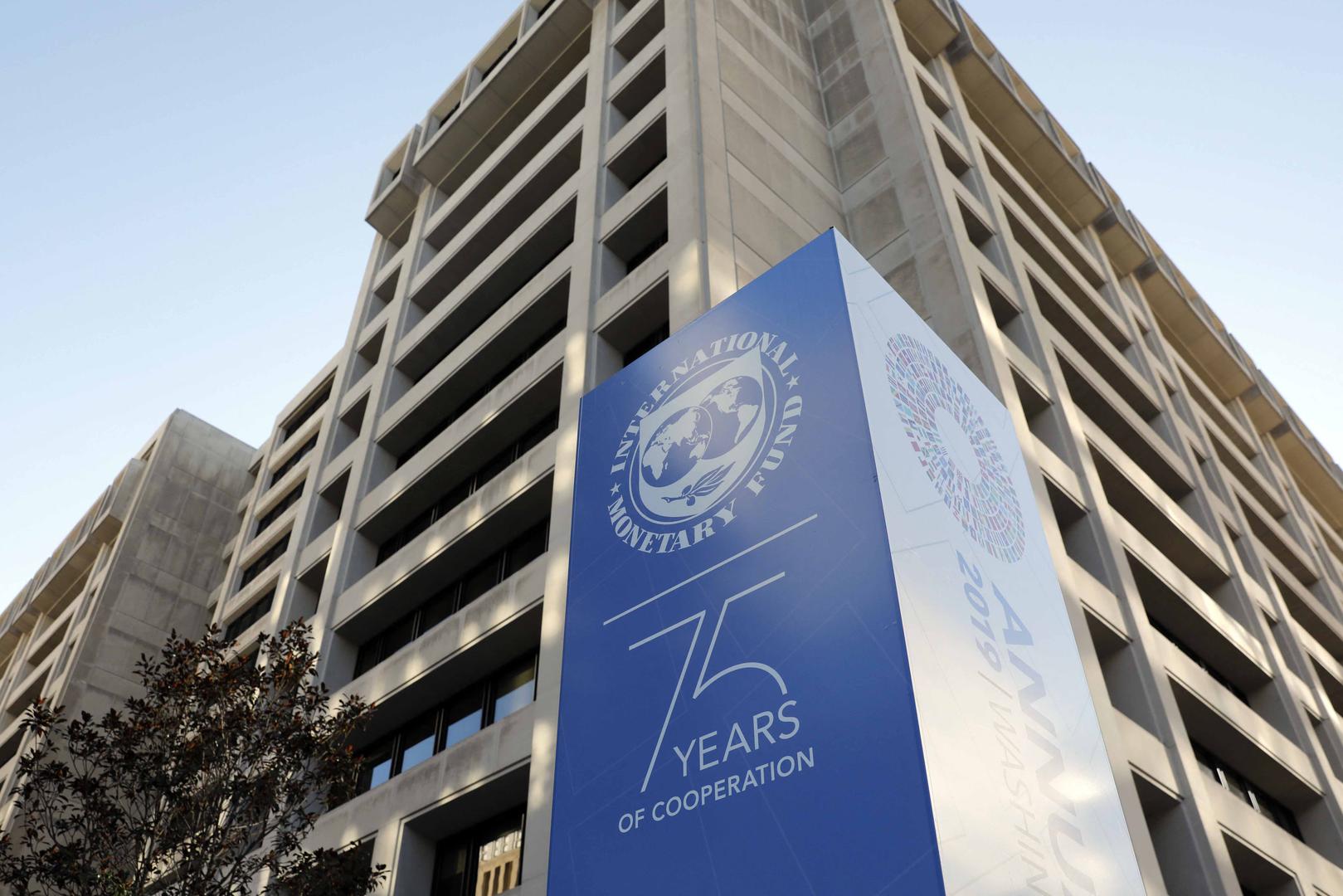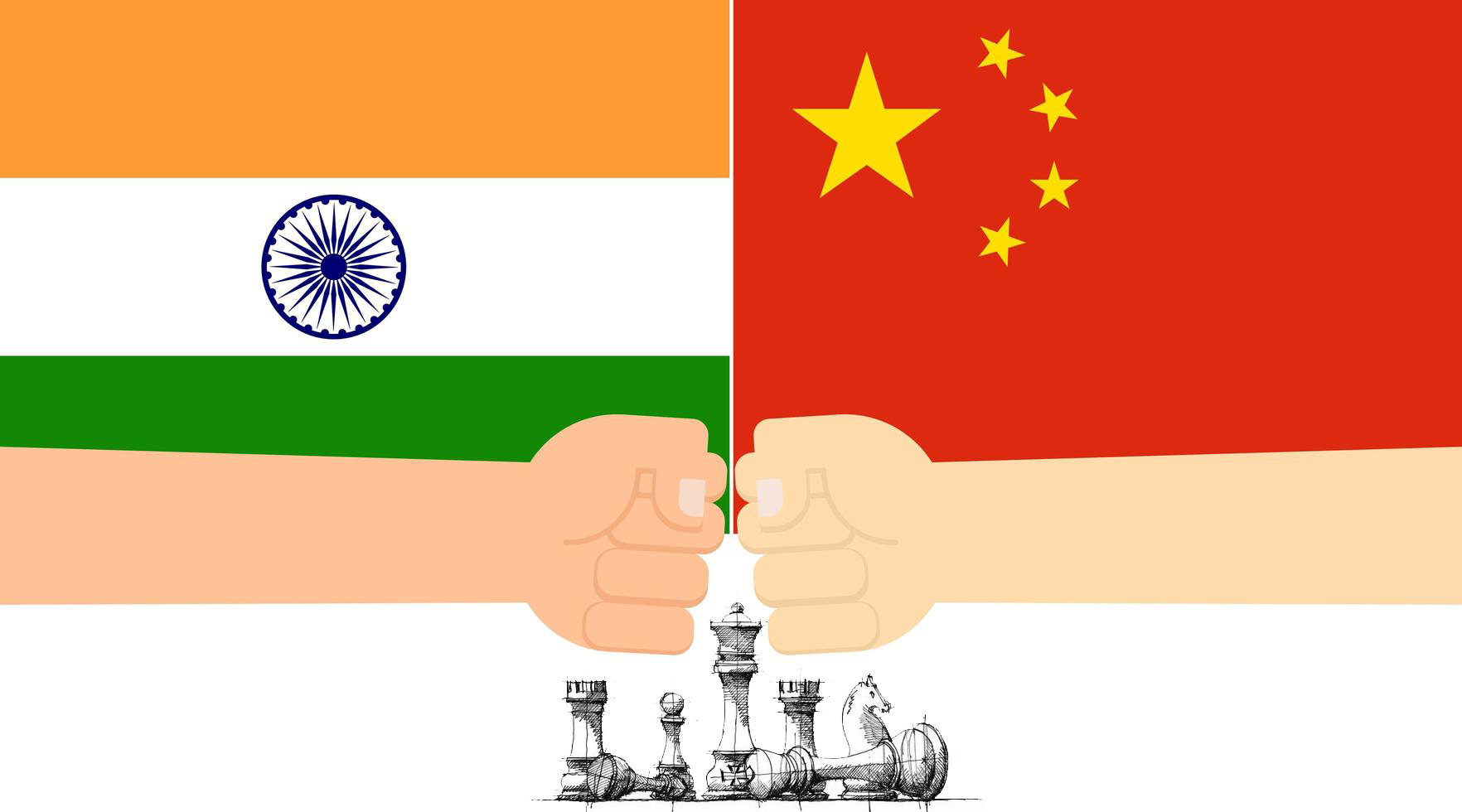Trincomalee Oil Tank Farm saga

Trincomalee Harbour and Oil Tank Farm
In 1942, Trincomalee harbour on the north eastern coast, which is the second largest deep water natural harbour in the world, was a British Naval Base during the Second World War. Similarly, adjoining China Bay Air Base was home to Royal Air Force 222 Group which was equipped with an arsenal of near obsolete anti-aircraft artillery. In the period between 25th March to 10th April 1942, Air Vice Marshal John D’Albiac was sensitive to the imminent Japanese attack as reported by the intelligence sources. Thus, he issued orders for the Royal Navy’s Fleet Air Arm (FAA) to disperse the warships anchored in the inner harbour to safe ports of India and deep sea hideouts. On the fateful day of 04th April 1942, Squadron Leader Leonard Birchall of Royal Canadian fame who was later promoted to the rank of Air Commodore and bestowed with Distinguished Flying Cross for his bravery was on a reconnaissance mission on board a PBY Catalina Flying Boat from Koggala Air Base and sighted an approaching Japanese enemy fleet on the horizon. He promptly radioed a warning signal to the Ground Command before his craft was shot down by the enemy lines and taken captive to serve a 3 year period as a Prisoner of War (POW). Irrespective of his warning, the Imperial Japanese Navy carried out their onslaught on the identified target on the eastern coastal town of Trincomalee. Although the Royal Air Force preemptively sailed off war ships in preparation for imminent attack, three war ships including HMS Hermes of Royal Navy which remained anchored in the harbour, were completely destroyed and sunk by the Japanese. Then, the Japanese attention focused on Oil Tank Farm located at China bay, south of Trincomalee to cause a catastrophic effect as the spreading fire could exterminate a large area. So, one of the Japanese pilots chose to commit ‘Kamikaze’ suicide mission on the Oil Tank Farm. He divided his fighter aircraft right into a tank, destroying it completely. However, no human loss was reported rather than the pilot himself because people were pre-emptively evacuated in the wake of the looming attack by the imperial government of Ceylon under the governorship of Sir Andrew Caldecott. The pilot’s charred skull was an exhibit on display at the site of the inferno until recently.
Importance of China Bay Oil Tank Farm
Trincomalee harbour is located at a strategic place on the maritime Silk Road from old age. The Oil Tank Farm comprising 101 tanks was commissioned by imperial British in 1924 for storage of petroleum after World War 1, and has in fact added a significant value addition to the port. The Oil Tank Farm has drawn a plethora of interest from some influential countries such as the USA, England, China and India being in the contention prominently from time to time after independence. Now, it has become a hotbed of China-India ‘Cold War’ with India resisting any Chinese investment in the North and Eastern regions of the island. At present, only 99 Oil Tanks remain on the ground with the capacity of 12,000 Kiloliters each with two tanks being destroyed due to Japanese Kamikaze attack during World War two and Sri Lanka Air Force plane crash subsequently. The Oil Tank farm has been segregated into two divisions namely Upper and Lower on a land extent of 800 acres and 50 acres respectively. Lower division has 16 Oil Tanks while the Upper division holds the rest which remain in dilapidated condition and shrouded in the shrub jungle. India has been lobbying to take over the Oil Tank Farm, in a bid to counter-balance the Chinese pressure which built up in Southern and Western parts of Sri Lanka. In contrast, India has a strategic value in the Oil Tanka Farm from the military point of view as well. On the other hand, Ceylon Petroleum Corporation (CPC) or the Government of Sri Lanka are not in a financial position to refurbish the tanks on their own as it involves Billions of Rupees. Foreign partnership is seen as the only way out to salvage the Second World War era Oil Tank Farm. And Indian collaboration happened to be the only solution. In 2017 under the Maithri-Ranil good governance government, it attempted to ink a deal with India to resurrect the Oil Tank Farm but had to be halted abruptly due heavy pressure from Opposition Parties and CPC Unions. Sri Lankan mindset is such that every time the Government attempts to go into a strategic partnership with another country for a joint venture, it is projected as a ‘sell out’ of national assets by the opposition and unions. Irony is that when the opposition comes to power, they also opt to do the same. It is a vicious cycle that impeded the nation’s progress in 72 years of independence.
Brand new deal with India
Recently, the social media is inundated with posts from the supporters hailing it that the government has re-acquired the Oil Tank Farm. In actual speaking, it doesn’t seem to be so. Therefore, it is interesting to see what has really happened in the so-called deal. What has happened was that the CPC was vested with 24 oil tanks from the farm to be directly under its purview. 14 Oil Tanks which were leased out to Lanka Indian Oil Company (LIOC) in 2004, are due to expire in two years. The Government has agreed to renew the lease for 14 Oil Tanks for another 50 years. Meanwhile, Sri Lankan Government has entered into an agreement with India to develop 61 Oil Tanks on the farm in a joint venture. CPC, the government’s authority on import, storage and distribution of oil would be holding 51% stake while LIOC on behalf of India will have a 49% share. A new company is to be incorporated as a subsidiary of CPC with a choice of Sri Lankans and Indians serving the board as directors. In fact, this is a strategic partnership that is likely to bring rich dividends. Oil Tanks in the China Bay Oil Tank Farm are made up of one inch thick steel sheets and one foot thick concrete rings. Accordingly, these tanks will be refurbished to store oil for the country’s needs and requirements and beyond. This will also help Sri Lanka become a maritime logistic hub as envisaged by the successive governments. In view of Sri Lanka’s current economic conditions, this deal is a welcome sign. In fact, there is nothing wrong in this deal as Sri Lanka will benefit immensely out of this pact. However, contrary to the social media posts, Sri Lankan government has gone beyond the current equation to accommodate India. Time will tell us whether it is a venture made in a win-win scenario or otherwise. Besides, at least if a deal of this nature was not entered, Oil Tank Farm will certainly go into decay exposed to elements as they prevail at present.







